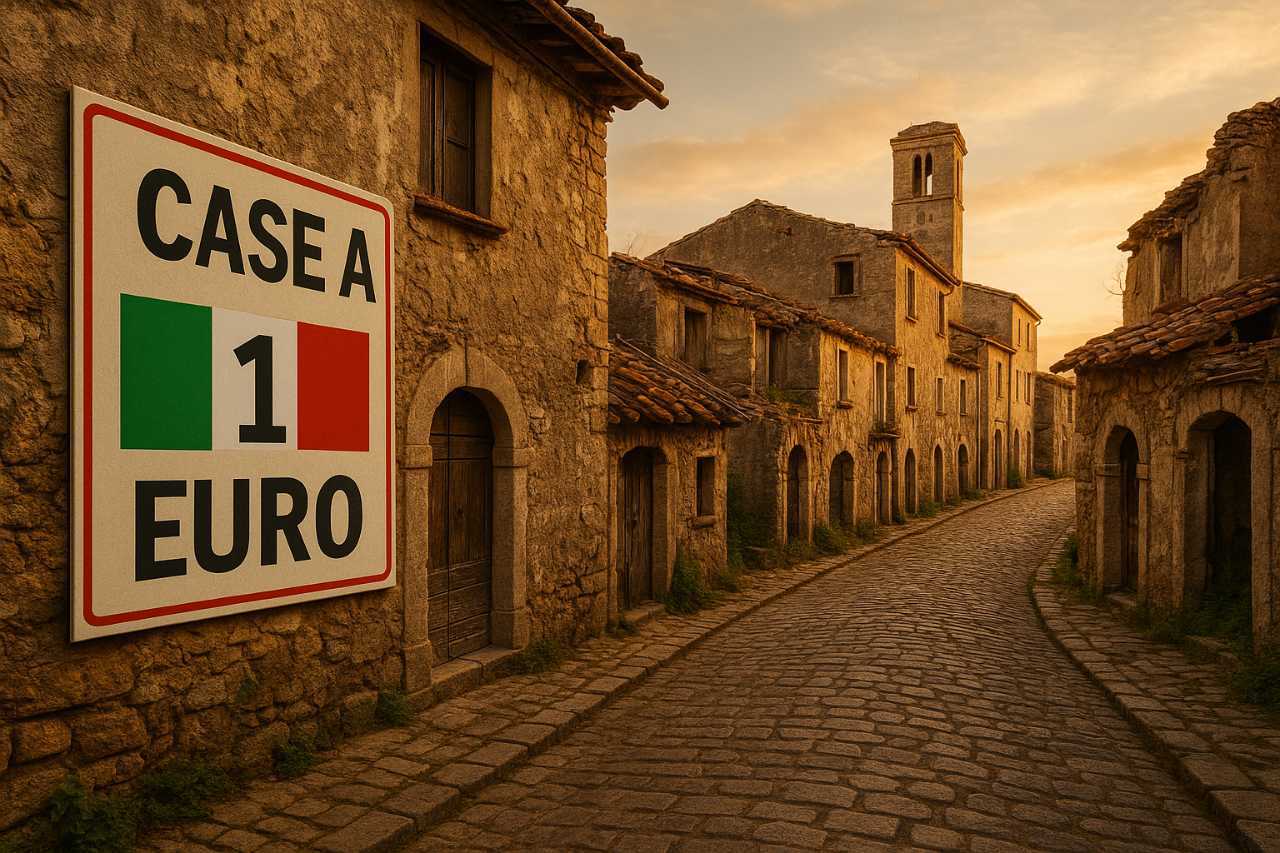Italy’s One-Euro Homes: An Overview for International Buyers
In recent years, several Italian municipalities have launched the “Case a 1 Euro” (One-Euro Homes) initiative, an innovative program designed to address the challenges of depopulation and property abandonment in rural areas. These initiatives offer abandoned or dilapidated properties for the symbolic price of one euro, with the goal of attracting investment, renovation, and new residents to historic villages.
Participating Municipalities
A number of small towns and villages across Italy have embraced this initiative. Notable examples include:
- •
Sambuca di Sicilia (Sicily) – Gained international attention for its large selection of properties and organized sales process.
- •
Mussomeli (Sicily) – Offers medieval charm and strong foreign interest, particularly from European and North American buyers.
- •
Ollolai (Sardinia) – Known for its picturesque stone houses in the heart of Sardinia.
- •
Bivona (Sicily), Laurenzana (Basilicata), and Zungoli (Campania) – Among other towns offering similar opportunities.
Each municipality manages its own program, meaning that the rules, available properties, and application procedures may differ. Interested buyers are strongly encouraged to visit the official websites of these municipalities or contact their local offices for up-to-date information.
Eligibility for Foreign Buyers
Importantly, the one-euro property schemes are accessible to foreign nationals. Applicants do not need to be Italian citizens or residents; however, they must comply with the specific conditions set by the local authorities. In fact, many buyers to date have come from countries such as the United States, Canada, Australia, the United Kingdom, and various parts of Europe.
Foreign buyers should be aware that while the acquisition cost is symbolic, the associated responsibilities and renovation commitments are significant.

The Purchase and Renovation Procedure
The intricate relationship between hardware and software is fundamental in computer science. Understanding how different components interact enables developers to write more efficient code and design robust systems.
The general process for acquiring a one-euro home typically involves the following steps:
- counter_1
Identification of a Property and Municipality
Prospective buyers must first identify which towns are offering properties under this initiative. Municipalities often maintain a list of available properties on their official websites. - counter_2
Submission of Application
Interested parties are usually required to submit an application that includes a proposed renovation plan, proof of financial capacity, and often a security deposit or bank guarantee (typically ranging from €1,000 to €5,000). This ensures that only serious applicants proceed. - counter_3
Formal Agreement
Upon approval, the buyer signs a notarial deed of sale. Although the property itself is sold for €1, the buyer must cover notarial fees, administrative charges, and property taxes — usually amounting to several thousand euros. - counter_4
Renovation Commitment
Buyers generally commit to completing renovation works within a specified timeframe, often between one and three years, in accordance with local building regulations. Failure to fulfill these obligations may result in penalties or forfeiture of the guarantee. - counter_5
Final Ownership
Once renovations are complete and compliance is verified, the buyer becomes the official owner, free to use or resell the property as desired.

Important Considerations
While the “one-euro home” initiative presents an appealing opportunity, buyers should be aware that the real cost lies in the renovation, legal fees, and long-term maintenance of these often historic properties. Renovation expenses can vary widely, depending on the size, condition, and location of the property, as well as the availability of local craftsmen and materials.
Furthermore, buyers are encouraged to work with experienced local legal advisors and real estate professionals to navigate the complexities of Italian property law and ensure compliance with all municipal requirements.
Conclusion
taly’s one-euro home initiatives represent a unique chance to own a piece of Italian heritage while contributing to the revitalization of some of the country’s most beautiful but underpopulated villages. For foreign buyers with vision, patience, and adequate resources, these programs offer the possibility of turning a symbolic investment into a rewarding personal or business project.
For more detailed guidance or current listings, please explore the official websites of participating municipalities or contact our office for tailored assistance.
Contact VL Lawyers
Customized guidance for buying, restoring, or overseeing a culturally protected property in italy.

